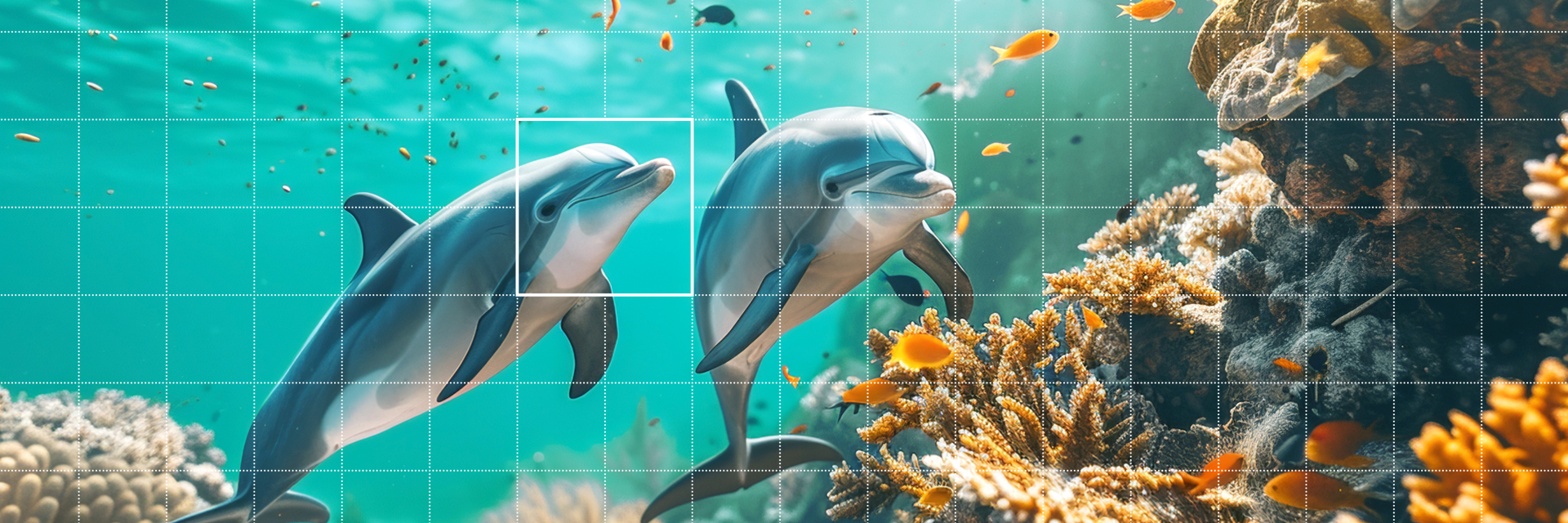
Labeling
Data labeling is an essential task for many Deep Learning projects. During labeling, the user adds the information to the system about how the problem is solved correctly. Depending on the method, this information can be image classes, object locations or pixel masks assigned to classes or instances.
Labeling for classification
Labeling for classification is done by simply importing the images and assigning them to a class. If the images are stored in appropriately named folders, they can also be labeled automatically during import. Watch a short video here.
Labeling for object Detection
With object detection, labeling is done by drawing rectangles around each relevant object and assigning these rectangles to the corresponding classes. Depending on the project requirements, the user can label his data with either axis-parallel or oriented rectangles. Watch a short video here.
Labeling for segmentation
Labeling for semantic segmentation and instance segmentation can be done by drawing polygonal regions around relevant objects. Labeling for semantic segmentation and instance segmentation can also be done by painting pixel masks with brush and eraser that cover relevant objects. In addition, several smart labeling tools make the labeling process even faster. These tools provide users with instant labeling suggestions - either after selecting a relevant image area or when hovering over an image area.
Labeling for Deep OCR training
Retraining a Deep OCR model can improve the recognition rate of HALCON's Deep OCR for special applications. The Deep Learning Tool streamlines the labeling of large datasets for this purpose, offering efficient workflows. Users can configure detection and recognition parameters to automatically generate label proposals. These proposals can then be easily accepted or refined, reducing the need for manual intervention.
Labeling for Global Context Anomaly Detection
Labeling for Global Context Anomaly Detection is done by simply importing the images and assigning them to respective "good" or "anomaly" classes. If the images are stored in appropriately named folders, they can also be labeled automatically during import.